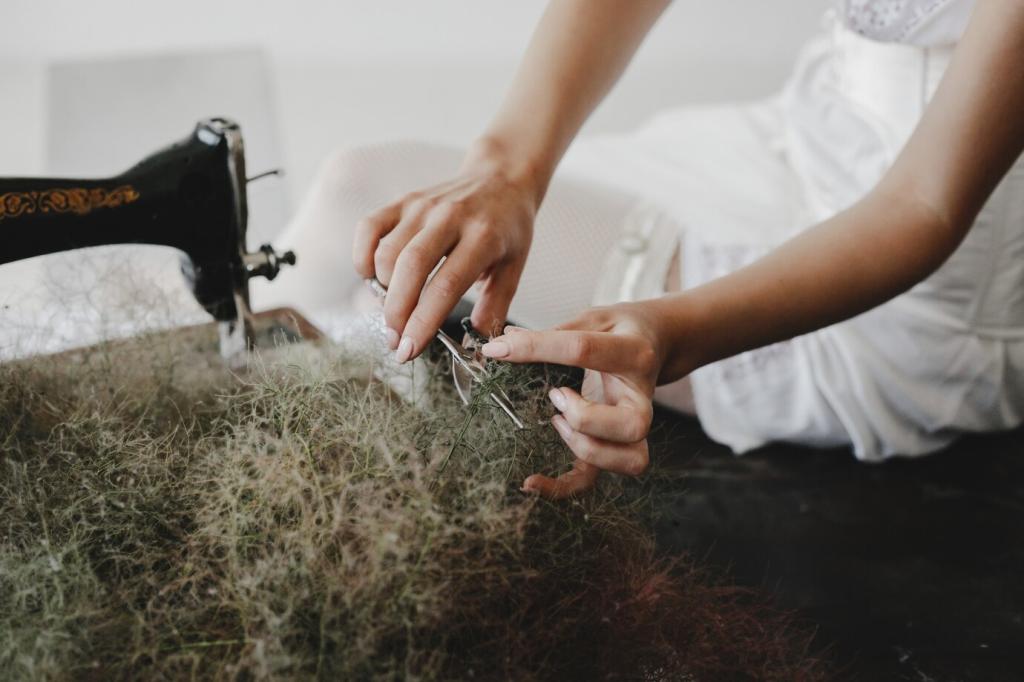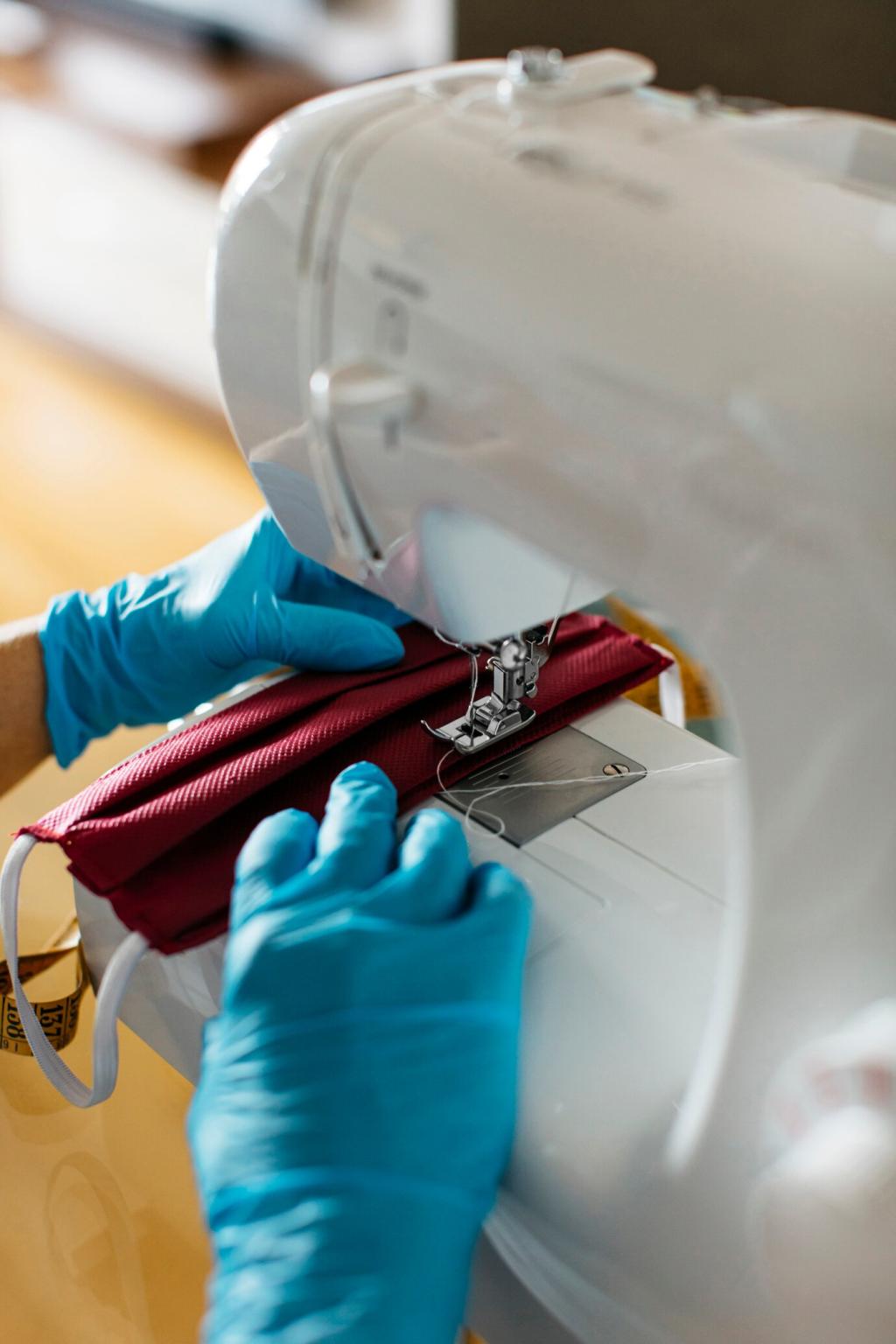Why Drying Matters for Silk Bedding
Silk is made of long, smooth protein filaments that flatten and align when treated kindly, reflecting light beautifully. Overheating or rough handling disrupts these filaments, causing fuzz, creases, weak spots, and that dreaded lifeless look.
Why Drying Matters for Silk Bedding
Water adds weight. When silk hangs heavy, seams stretch and bias lines warp. Drying thoughtfully supports the fabric’s structure, helping pillowcase edges stay crisp and fitted sheets retain their elegant, close-to-skin glide.






